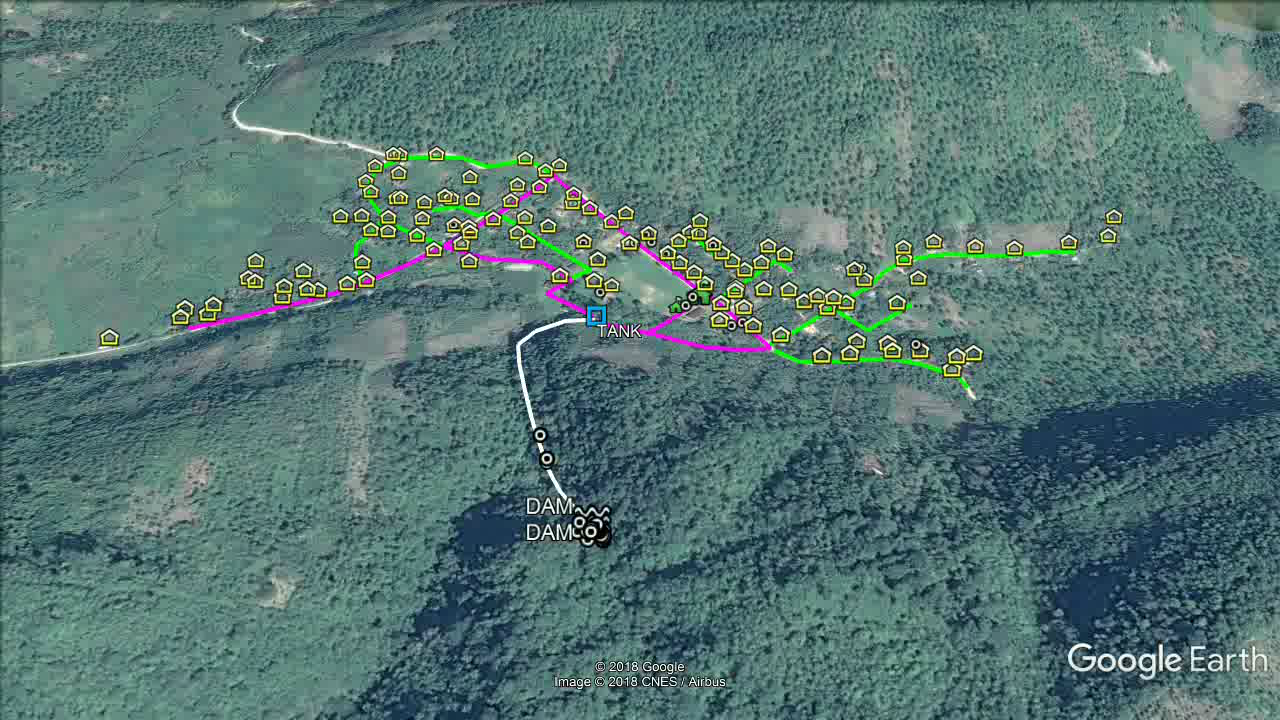This post was contributed by TWLP Board Member Kevin Colvett.
Over the past 15 years, The Living Water Project has undertaken a little over 400 water projects. Along the way, we’ve made a few mistakes, had a few frustrations, and have learned an awful lot. Besides the obvious “we have a lot yet to learn”, there are several things we have learned that we believe are essential ingredients for making a successful water project for a community. Those include:
A project must have the buy-in of the community – they must view it as “theirs”
A water committee must be in place, and if there are no women on that water committee, the project’s long-term viability is tenuous at best
A project must be well-designed
The community must agree to pay for ongoing maintenance of the water system
A ministry partner who has been or is committed to working in the area long-term is necessary
Without exception, miracles are needed
Over the past year, we have been working with Lipscomb University and a Guatemalan Engineering firm “ADICAY” (www.adicay.org) on the largest project we have undertaken to date – a water system in the village of Setzimaaj (pronounced “sets-ee-mah”), and it is so exciting that each of the essential elements listed above are a part of the project. Lipscomb has been conducting medical missions to the area for the past three years, and water-related diseases have been a recurring theme for Setzimaaj and the surrounding villages, so it made sense to try and prevent, rather than simply treat, waterborne illnesses here.
In November of 2017, an engineering team as well as members from The Living Water Project made a surveying trip to the community, studying the water source (a pristine spring up in the mountainous jungle above the village), considering alternatives for locating a water storage tank above the village, and then laying out a preliminary alignment of waterlines to serve the 800 or so residents of the community, shown below:
After consulting with ADICAY for a few months, Engineering students at Lipscomb’s Peugeot Center as well as Living Water Project Board members made some small modifications to the design and began soliciting funding for the project. Some of our long-term partners (www.wellcoffeehouse.com, www.adventresults.com, and www.knoxprocorps.org) committed several thousand dollars each to the project. It is a blessing from God to partner with so many entities like these.
In March of 2018, construction began on the project, comprising of a few people from ADICAY, a few from The Living Water Project, a few from Lipscomb, and a few hundred from the community. In the span of just five days, almost three miles of pipe were installed.
Lots of work still remains to be done. The remaining piping (an additional couple of miles) is being installed. Work on a large spring box and filtration system is now underway, with men from the village carrying hundreds of 100-pound bags of cement on their backs up the mountain. Most importantly, ADICAY is conducting several weeks’ worth of training with the community on how to run a utility and how to maintain it. Some of this training is the nuts-and-bolts of how to repair pipes and spigots, and some of it is simply how to collect user fees and track finances. All of the challenges, all of the hurdles, and all of the headaches present for running a utility for a city in the United States are present here too. As are the rewards and benefits and community development.
As is often the case, the “story” here isn’t what engineers are doing, or what ADICAY is doing, or even what the villagers in Setzimaaj are doing. The story here is what God is doing. On the day before the construction team left in March, I was having a conversation with the project superintendent for ADICAY. We were standing up on top of the tank overlooking the village, and I asked him, because I was curious of the perspective of a Christian Mayan, “Do you believe in miracles?” It’s a question that has been on my mind a lot recently, but I wanted to know his response.
There is a distinct difference in worldviews between the indigenous culture found in the rural Guatemalan mountains and the suburban culture found in many parts of the United States, and this difference is one of the more challenging aspects of the work we do, and it’s also one of the more beautiful aspects of the work we do. And while I thought I knew the answer to my “Do you believe in miracles” question, the way the affirmative reply was given caught me off guard. Instead of saying “yes”, he thought for a moment and then waved his hand back and forth in front of him, pointing at the village below and said “you mean miracles like this???”. And I looked down, from that water tank above the village, and saw the following things:
There were 50 villagers digging a trench on the east side of the villages, preparing to install new water piping;
There was a team of Lipscomb Engineering students carrying a bundle of about 20 pieces of pipe to be installed;
There were 40 villagers waiting in line to be seen by a dental team in the community;
There were 50 villagers waiting in line to be seen by a medical team in the community;
There were school children in their new uniforms who had just finished the school day playing soccer in the field in front of the school -all within a hundred feet of a new waterline that was going to serve the school kitchen and latrine;
There were villagers watching drinking water come out of the new water service line that had just been installed at their house.
So I simply replied to him – yes, miracles like this. I believe in miracles like this.



